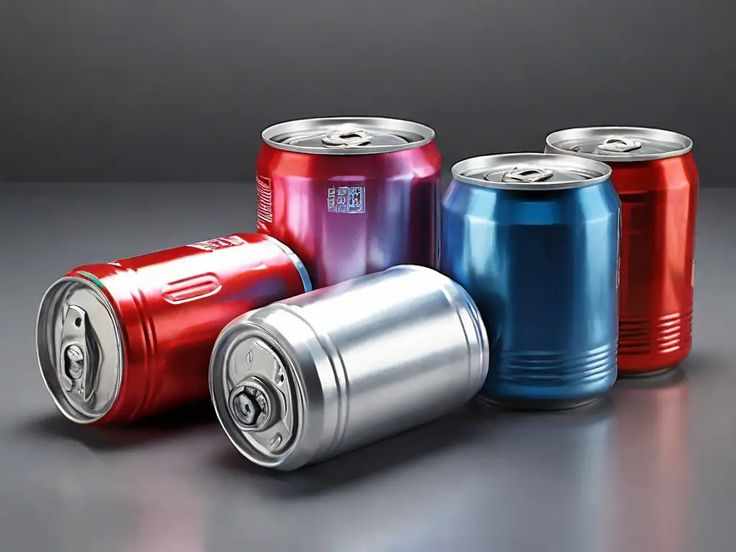
The drinking water manufacturing plant is a vital hub of operations for producing safe, clean, and pure water for consumption. With the rise in demand for bottled water and the growing mineral water business, understanding the step-by-step process of these facilities is essential for entrepreneurs and investors. Here, we provide a detailed overview of how water is processed, purified, and packaged in a drinking water manufacturing plant.
Step 1: Water Sourcing
The first step in any drinking water manufacturing plant is sourcing raw water. This water can come from various sources such as groundwater, municipal supply, or natural springs. The source choice depends on the plant's location and quality requirements. In the mineral water business, natural springs or deep aquifers are often preferred due to their natural mineral content.
Step 2: Pre-Treatment
Once the raw water is sourced, it undergoes a pre-treatment process to remove larger impurities such as debris, sand, and sediment. Pre-treatment typically involves:
Screening: Removes large particles.
Coagulation and Flocculation: Chemicals aggregate smaller particles into larger clumps for easier removal.
Sedimentation: Allows particles to settle at the bottom for removal.
Step 3: Filtration
Filtration is a critical step to ensure the removal of finer impurities. Common filtration techniques include:
Sand Filtration: Removes suspended solids.
Activated Carbon Filtration: Eliminates organic compounds, chlorine, and odor.
Micron Filtration: Filters microscopic particles and bacteria.
Step 4: Reverse Osmosis (RO)
In the mineral water business, achieving high purity levels is essential, and reverse osmosis (RO) plays a pivotal role. RO systems use semi-permeable membranes to remove dissolved salts, heavy metals, and other contaminants. This step is vital for ensuring water meets the stringent quality standards required for bottled drinking water.
Step 5: Mineral Addition (Optional)
In many drinking water manufacturing plants, particularly in the mineral water business, essential minerals such as calcium, magnesium, and potassium are reintroduced after RO purification. This step enhances the taste and nutritional value of the water, aligning it with market demands.
Step 6: Disinfection and Sterilization
To ensure the water is safe for consumption, it undergoes disinfection. Common methods include:
UV Sterilization: Destroys bacteria and viruses using ultraviolet light.
Ozonation: Adds ozone gas to the water, eliminating pathogens and extending shelf life.
Chlorination: Used sparingly in some cases to maintain safety during storage.
Step 7: Quality Testing
Quality control is a cornerstone of any drinking water manufacturing plant. Samples are tested at various stages to ensure compliance with regulatory standards. Parameters such as pH, TDS (Total Dissolved Solids), microbial count, and mineral content are closely monitored.
Step 8: Bottling and Packaging
Once the water passes all quality checks, it is ready for bottling. The bottling process involves:
Bottle Blowing: Preforms are heated and shaped into bottles using molds.
Rinsing: Bottles are sterilized to eliminate contamination.
Filling and Capping: Water is filled into bottles, and caps are securely sealed.
Labeling and Batch Coding: Labels are applied with details such as brand name, batch number, and expiry date.
Step 9: Storage and Distribution
After bottling, the water is stored in a clean, temperature-controlled environment. It is then distributed to retailers, wholesalers, or directly to customers. Efficient logistics ensure timely delivery and maintain the product’s quality.
Final Thoughts
The drinking water manufacturing plant is a complex yet highly efficient system designed to deliver safe and quality drinking water. With the growing mineral water business, these facilities continue to adopt advanced technologies and sustainable practices to meet rising consumer expectations. Entrepreneurs looking to invest in this industry must prioritize quality, regulatory compliance, and innovation to succeed in this competitive market.




















Write a comment ...